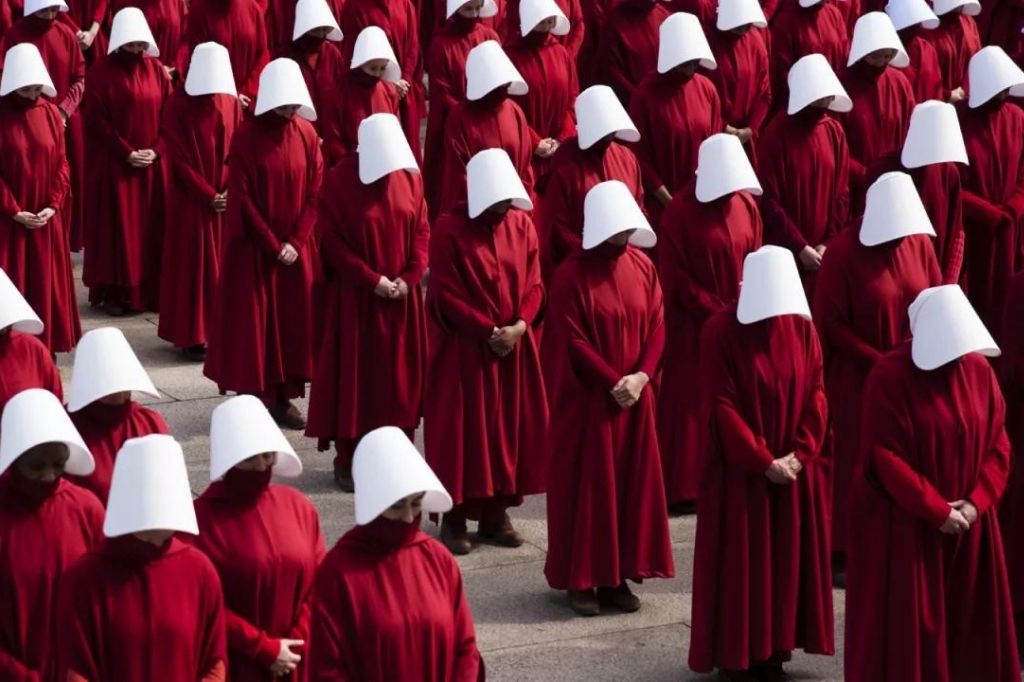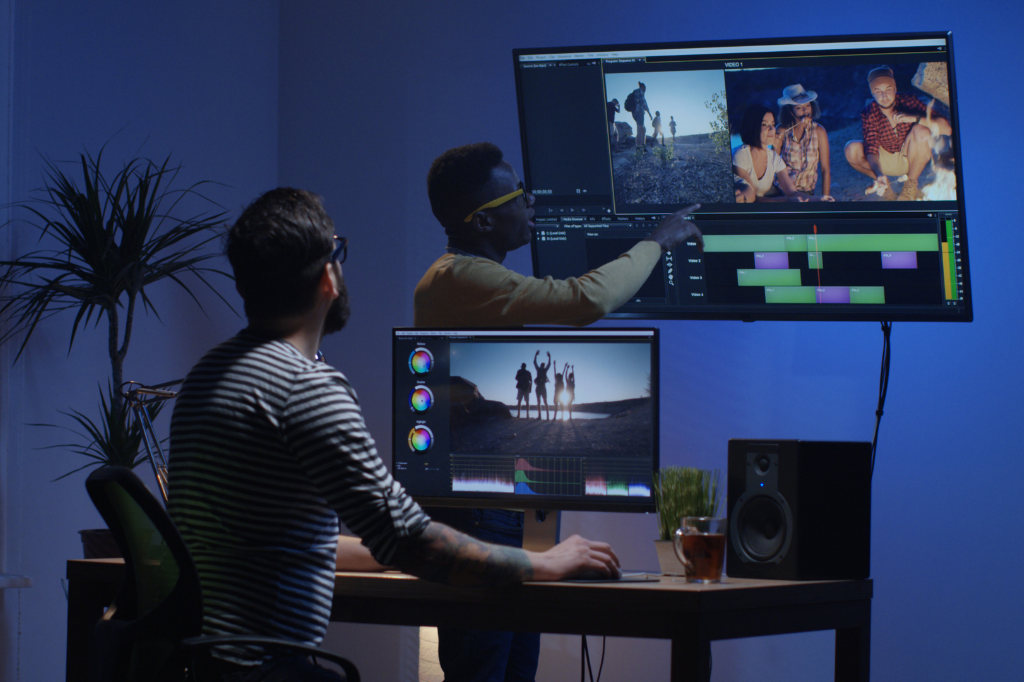Are you a digital video colourist who is just getting started in the industry? If so, you might be wondering why you sometimes struggle to colour grade your video footage. Don’t worry, you are not in fact crazy — there is a reason you can’t get your videos to look like a genuine motion picture, and it’s (probably) not that you’re a terrible visual storyteller or a terrible colourist.
An experienced colourist will have a unique perspective of the limitations of different types of video files and what works and why certain things look good because their entire job is pushing the boundaries of what is possible with luminance and colour. In other words, they have the inside scoop on some technical information that many newbie video creators might not have access to yet and these digital imaging principles explain why their videos don’t look like Hollywood productions, regardless of what they do in post.
Buckle your seatbelts, folks. It is possible you are about to have your minds blown. Well, that’s assuming you aren’t a colourist and don’t know this already. If you do, then just prepare for a nice little refresher!
Colourist Explains: The Dynamic Range Difficulty
The first reason why your videos don’t look like a movie is because of dynamic range.
Dynamic range is a term that describes the ratio between the darkest and brightest parts of an image. It is measured in stops. Cameras that can capture more stops are said to have a higher dynamic range. This means that they can retain more detail in both the brightest and darkest parts of an image because they are able to record all the necessary information.

The Canon 5D Mark III, for example, can capture 11 stops of dynamic range. A RED Weapon, however, can capture 16.5 stops. Neither of these compare to the human eye, however, which is estimated to perceive the equivalent of up to 20 stops of dynamic range.
This is why the images you get out of a camera never look as good as what your eyes see. Cameras are incapable of simultaneously capturing the same amount of detail in both the shadows and highlights that our eyes are able to.
This issue is exaggerated further if you are a DSLR video shooter. Most DSLRs shoot in high-contrast, heavily saturated picture profiles that result in what we call clipped highlights that are blown out and harsh, and crushed shadows that look like solid, detail-less voids.
Video clips with a low dynamic range are harder to colour grade because there is less information to work with and no room in the image for pushing the exposure and colour in interesting directions.
Colourist Explains: The Colour Space Situation
The second reason why your videos don’t look like a movie is because of colour spaces
Colours are defined and discussed in terms of three primary values:
- Hue, meaning what colour is it? Is it red? Is it blue? Is it green?
- Saturation, meaning the purity and intensity and richness of the colour.
- Lightness, meaning how bright or dark the colour is.
A colour space, then, is a standard that determines how much of the full spectrum of colour and luminance values can be captured by a device like a camera and displayed on a device like a screen.
Colour spaces not only define how many shades of colour will exist in a video clip, but also how saturated and light or dark they can be.
The borders and contents of different colour spaces are referred to as gamuts. We describe gamuts as being wide or narrow.
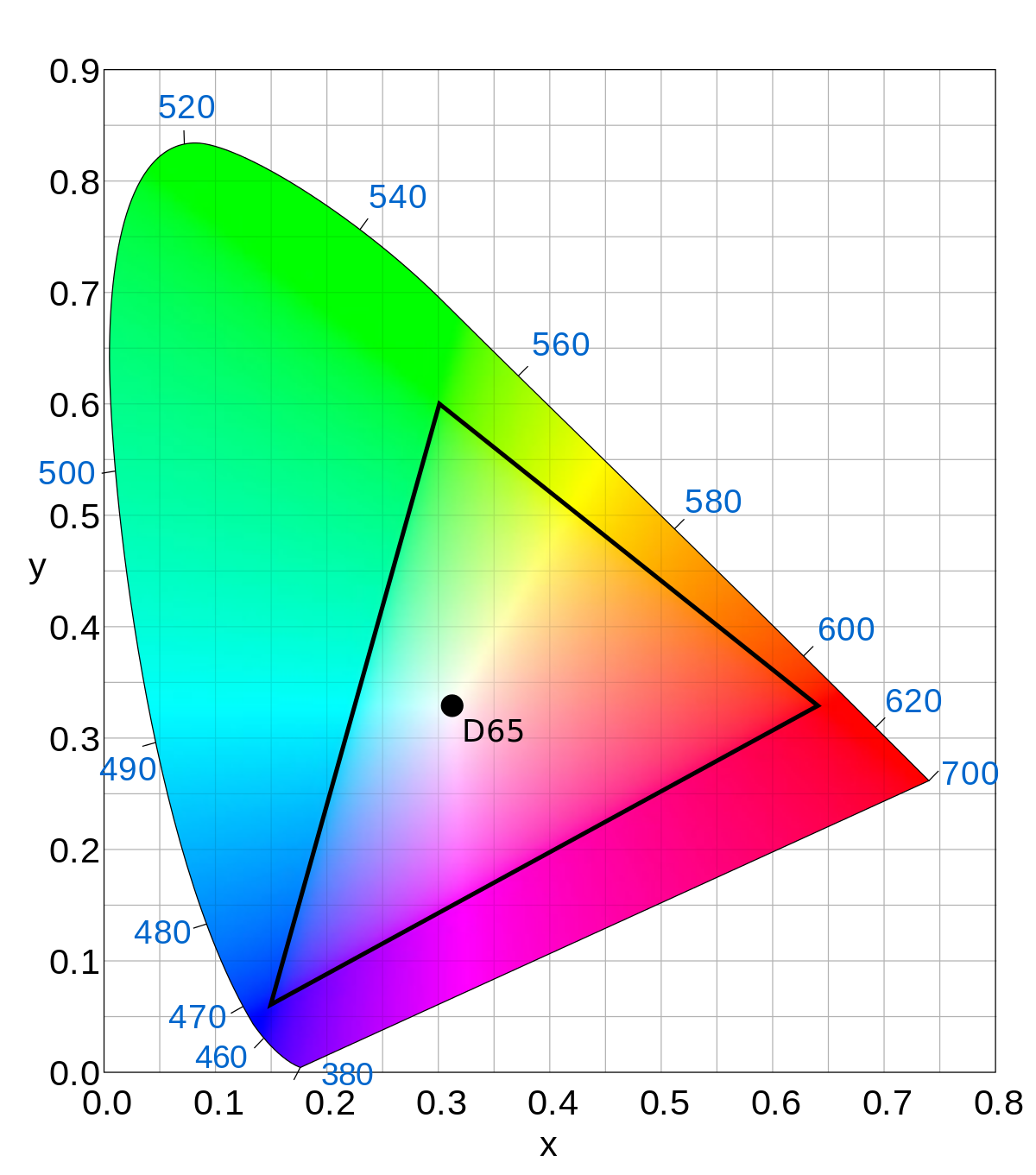
An example of a narrow gamut is the one defining the Rec.709 colour space. If you look at this image of the Rec.709 colour space, you can see that its gamut, illustrated by the black lined triangle, is small compared to the full map of colours and that it especially does not extend very far into the green hues.
As it turns out, the Rec.709 colour space can only display about 36% of the physiologically perceived colours in human vision. The vast majority of display devices and entry-level, consumer and even pro-sumer hybrid photo/video cameras use Rec.709 as their colour space.
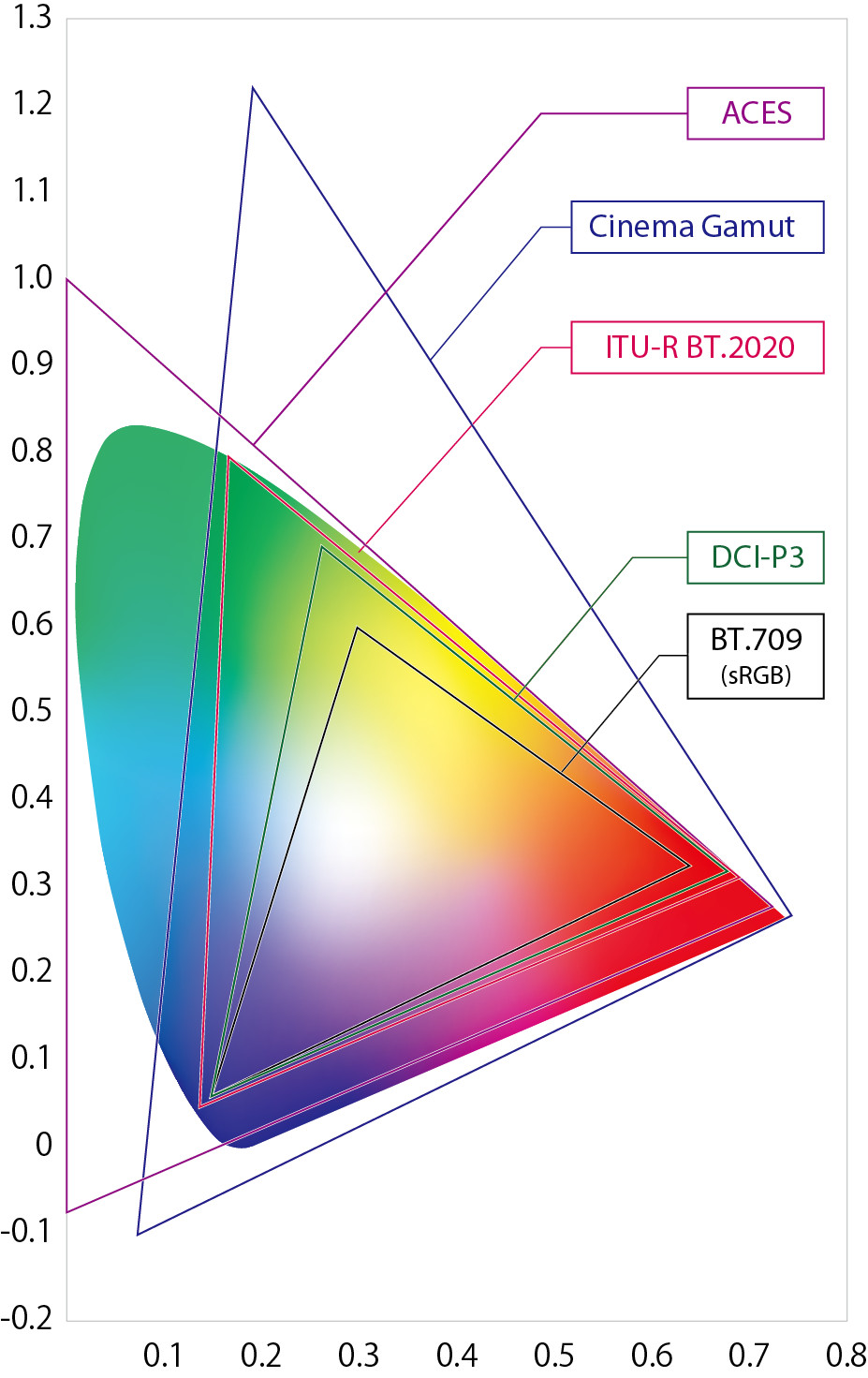
What you see above now is the Canon Cinema Gamut. This gamut is available on their premium cinema cameras like the C500. It is so wide that in some directions it extends beyond the range of colours that most devices today can display.
You might be wondering what the benefit to this is. Well, video recorded in larger colour spaces captures more colours and greater possible luminance and saturation values for those colours. This means you have so many more options to work with.
Larger colour spaces can also be converted to smaller colour spaces, while smaller colour spaces cannot be expanded into larger ones as they do not contain the same information. This severely limits your delivery options.
Colourist Explains: The Gamma Curve Crisis
The third reason why your videos don’t look like a movie is because of curves.
Gamma curves are…complicated.
To explain them very simply, they are a manner of storing colour and luminance information and they will be one of the things that determines how an image looks in terms of contrast and saturation. Colour spaces like Rec.709 and the Canon Cinema Gamut will have different gamma curves.
Gamma curves can either be linear or non-linear in nature. A video clip with a non-linear gamma curve will have more information retained in its shadows and highlights. Such footage has often been shot in what we refer to as a logarithmic or log profile.
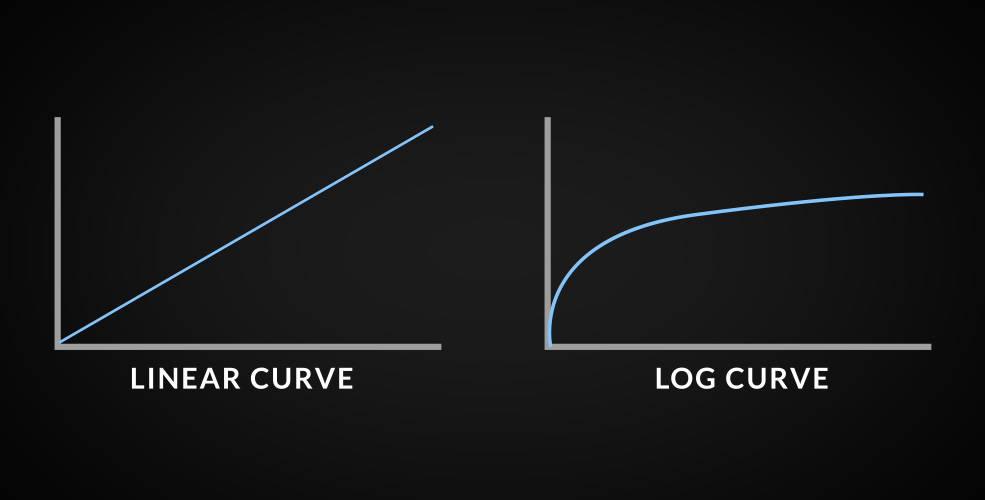
Here you can see a simplified version of a linear gamma curve compared to a logarithmic one. In the case of the log curve, you can see that the shadows to the left of the image have been lifted to preserve the darkest parts of the image, while the highlights on the right of the image have been lowered to preserve the details in the brightest parts of the image.
This harkens back to what I was referring to when I mentioned dynamic range and how a video that has a higher dynamic range has room for pushing colour and exposure.
Video shot in log with a non-linear gamma curve has more dynamic range and therefore is more malleable when it comes to correction and creative grading.
The Rec.709 colour space does not have a completely linear gamma curve, but it is substantially more linear than a logarithmic profile like C-Log, S-Log, F-Log or any of the other logs made available by camera manufacturers.
This lack of dynamic range is yet another reason why your videos do not look like a Hollywood-level production and why you’ve probably been struggling to achieve the colour looks you’ve been striving for in post.
Colourist Explains: The Bit Depth Dilemma
The fourth reason why your videos don’t look like a movie is because of bit depth.
Cameras, as you probably are aware, capture video footage as digital files. Those files are comprised of pieces of data called bits.
Something else you are probably aware of is that the colour of each pixel in an image is determined by mixing together differing amounts of the hues red, green and blue.
Bit depth refers to the number of bits of data (literally, 1’s and 0’s) used to record the three different colour channels (red, green and blue) for every pixel in an image.
The most common bit-depth in video is 8-bit. 8-bit video makes 8 bits of data storage available for each colour channel.
This means there is a possible variation of 256 shades per colour channel. The resulting combination of the 256 possible shades of red, green and blue means that there are 16,777,216 possible colours that can exist in a video recorded as an 8-bit file.
That is not a lot of colours at all, if you really think about it.
10-bit is another common bit-depth that you are likely to encounter. It contains 1,024 possible shade values per colour channel, and thus a whopping total for 1,073,741,824 possible colours for a video recorded as a 10-bit file.
Most DSLRs and even many mirrorless cameras can only record 8-bit video internally because they simply do not have the processing power to handle the information contained in a 10-bit video file.

This is the reason that your video footage degrades so quickly when you are trying to push extreme looks or fix issues with exposure and white balance.
The two problems you have most likely run into are artifacting and colour banding, where your footage literally starts falling to pieces when you try to do anything other than the simplest of grades.
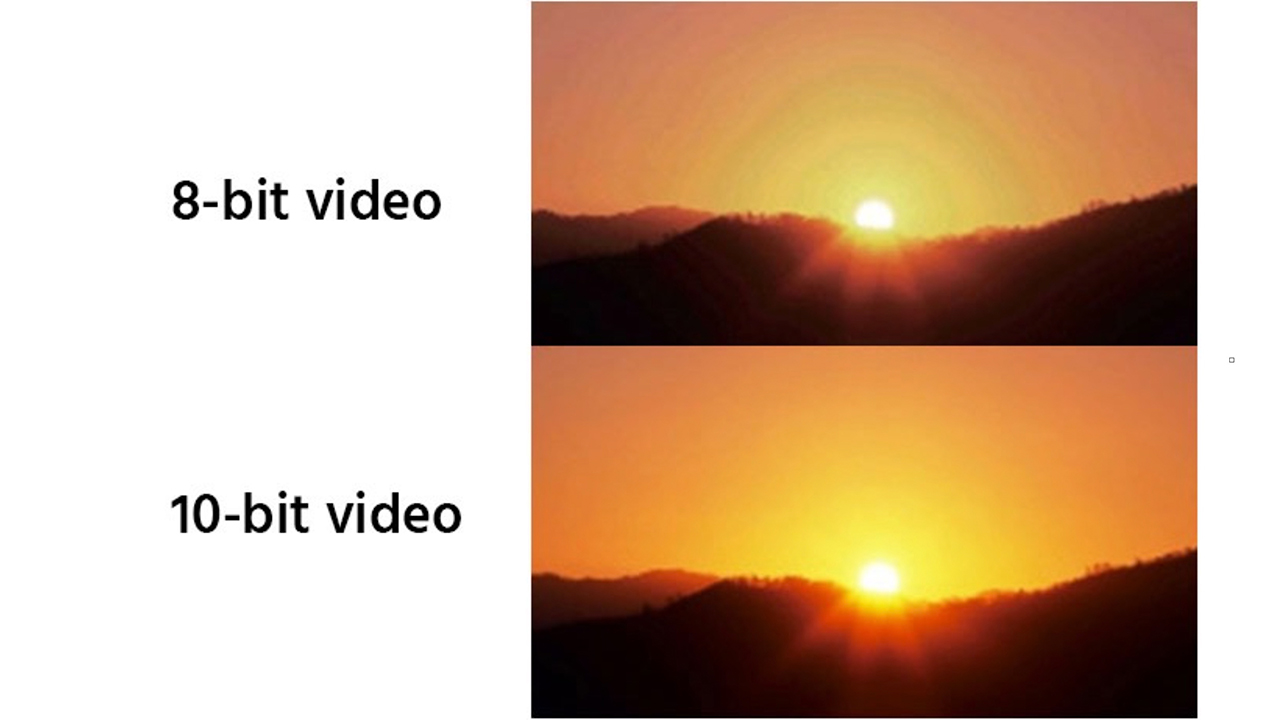
Colourist Explains: The Colour Sampling Conundrum
The icing on this colour cake and the final reason why your videos don’t look like a movie is because of this lil’ ole thing called colour sampling.
Digital video is stored as separate luma (or light) and chroma (or colour) components. It is stored in this manner so it can be compressed in order to reduce the amount of data that must be transmitted. This compression involves reducing the resolution of the chroma components with respect to the resolution of the luma components.
This compression process is called colour sampling.
The reason we compress the chroma resolution rather than the luma is because of the physiology of eyesight: the human eye is significantly more sensitive to light detail than colour detail because we have about 20x more light sensitive cells in our eyes than we do colour sensitive cells.
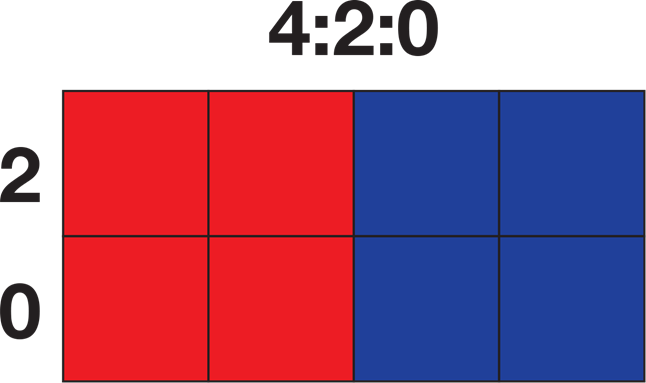
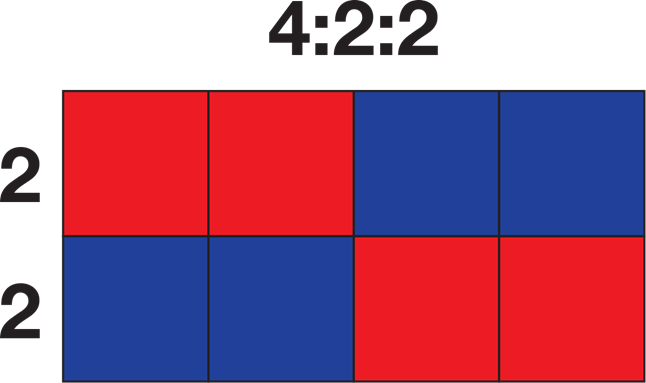
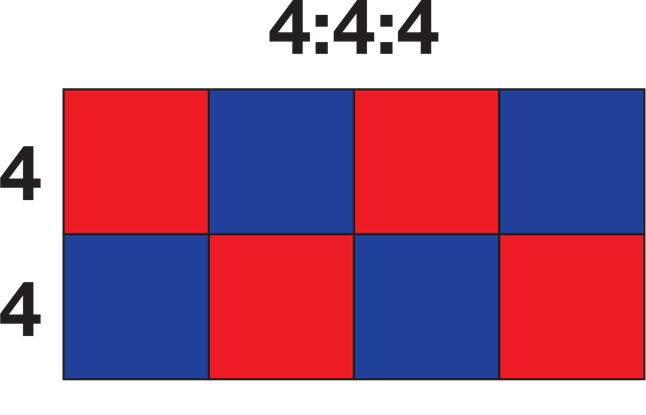
These colour sampling options are expressed as ratios such as 4:4:4 and 4:2:2, with the first number representing the luma and the other two representing the chroma components. 4:4:4 is completely uncompressed, while 4:2:2 is full res luma components accompanied by chroma components that have been compressed by half horizontally.
Canon DSLRs, for example, shoot with a 4:2:0 sample size. This means that the luma is still full res, but the chroma resolution has been reduced by half both vertically and horizontally.
Colour sampling, along with dynamic range, colour space, gamma curve and bit-depth will determine the degree to which any given video clip will cooperate with you when you’re trying to colour correct and grade it.
Conclusion
What does this ultimately mean for us as videographers? Are we doomed? Is this a comfort?
Firstly, I think it might be somewhat of a relief to know that it probably isn’t entirely your fault that you can’t get your videos to look like a film. Hollywood cinematographers are most likely shooting uncompressed 12-bit RAW files in log with a much wider colour gamut and at least 5 more stops of dynamic range. Of course their videos look incredible!
Secondly, you should know that there is hope. The mind-boggling tech in pro-level cine cameras always trickles down to the lower tiers eventually. It’s already started, in fact, with most mirrorless cameras now able to support log formats and external 10-bit recording options.
If you’re willing to sacrifice other features like continuous auto-focus, you could even invest in something like a Blackmagic Pocket Cinema Camera which offers a huge variety of RAW shooting options and will greatly improve the quality of your footage.
Finally, we should also try to switch our mindset from being one of “fix it in post” to one of “get it as right in-camera as possible”.
Perhaps the fix-it-in-post mentally can be forgiven in an environment where the footage you are working with as a colourist actually permits such retrospective adjustments, but for the vast majority of us, we do not have the luxury of taking such liberties.


